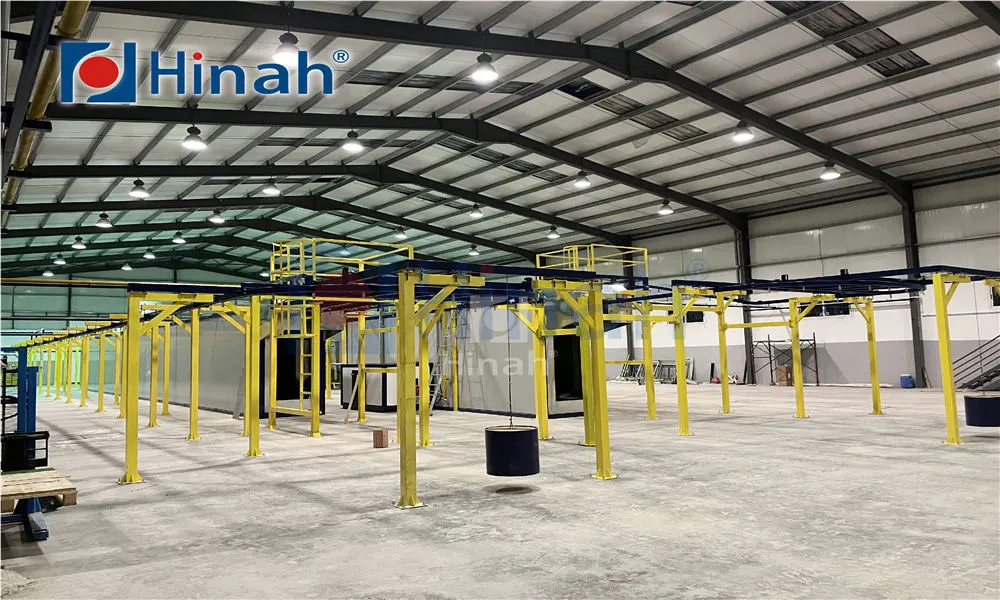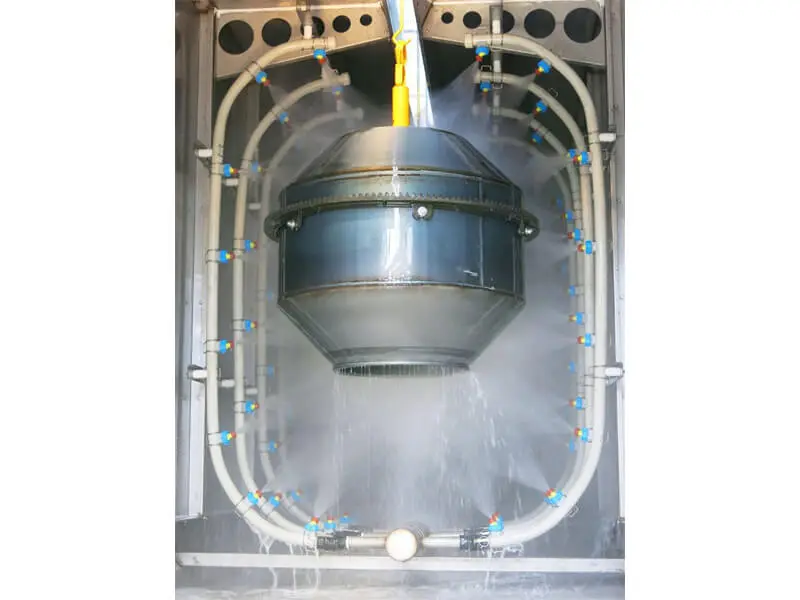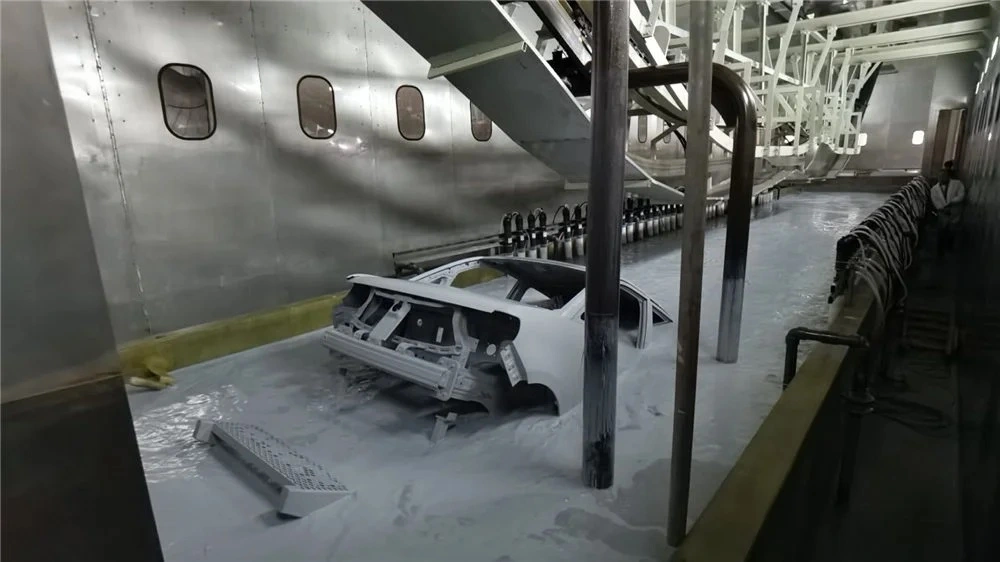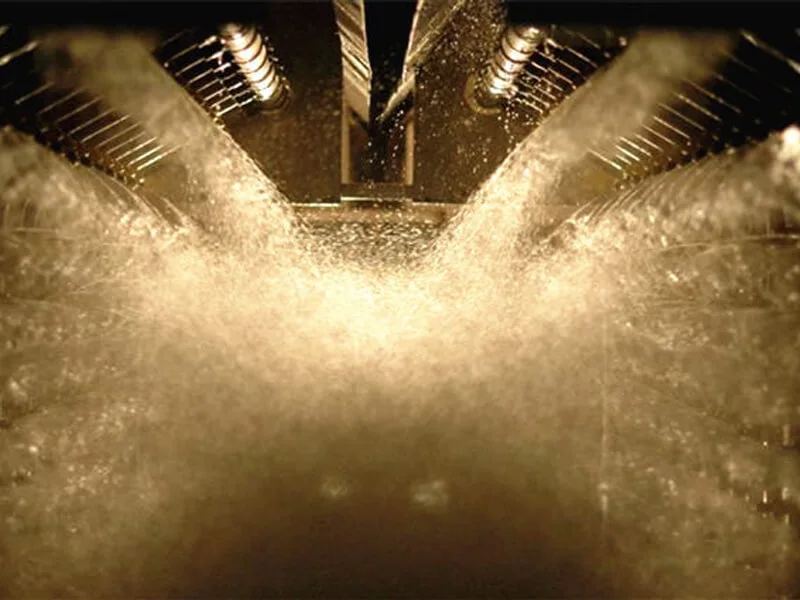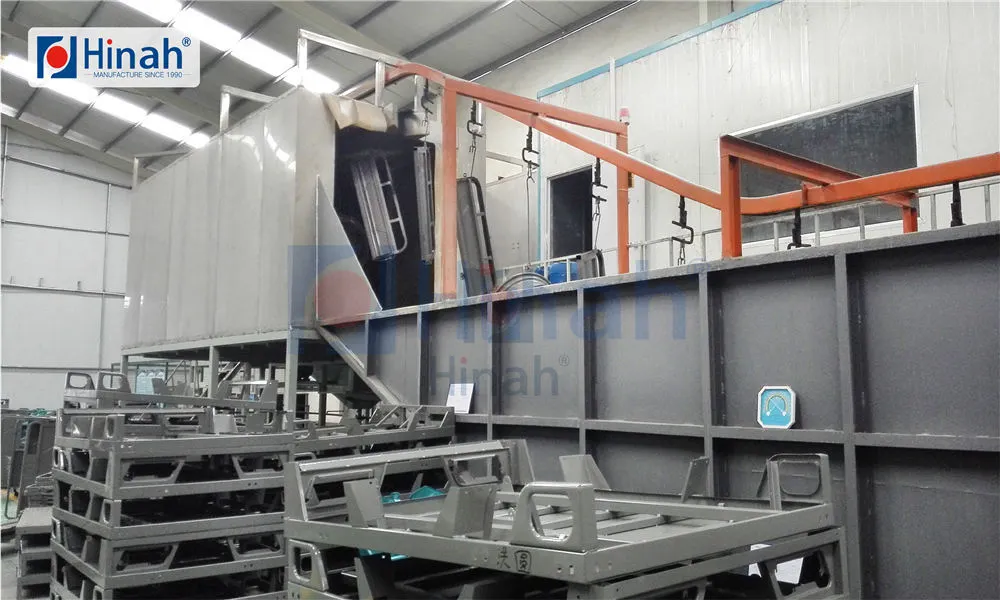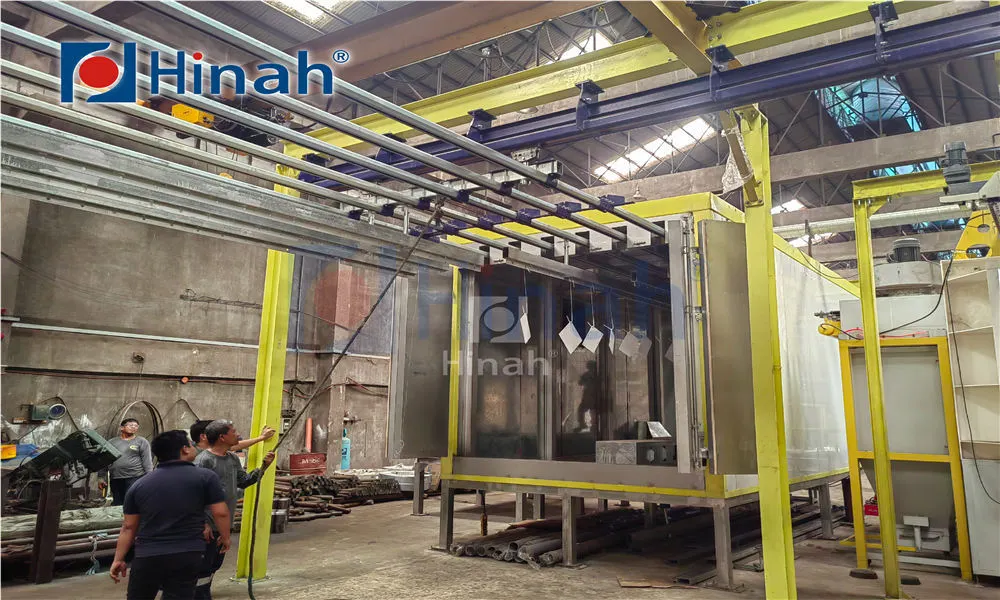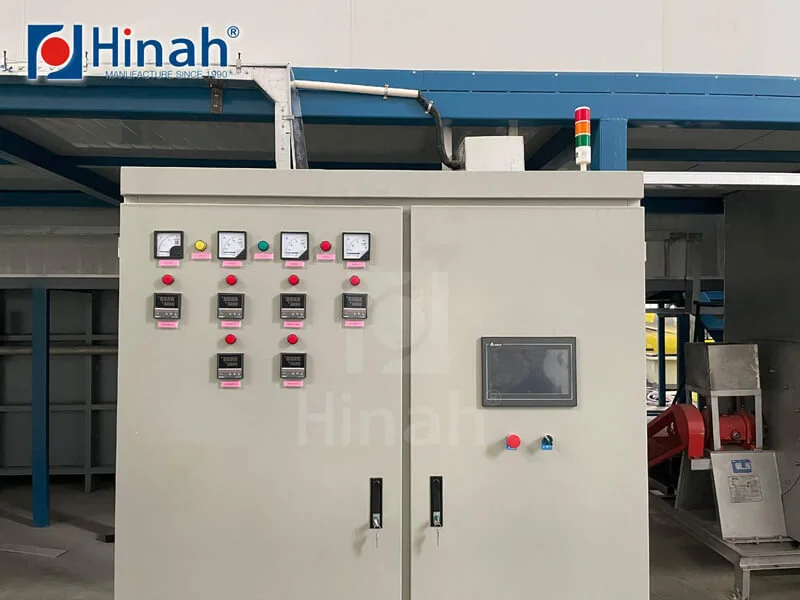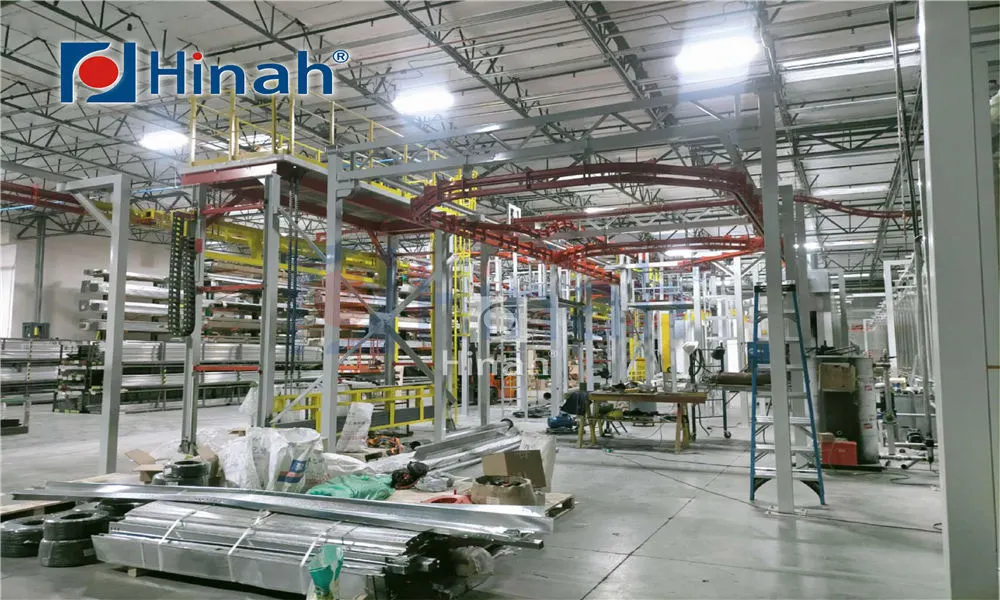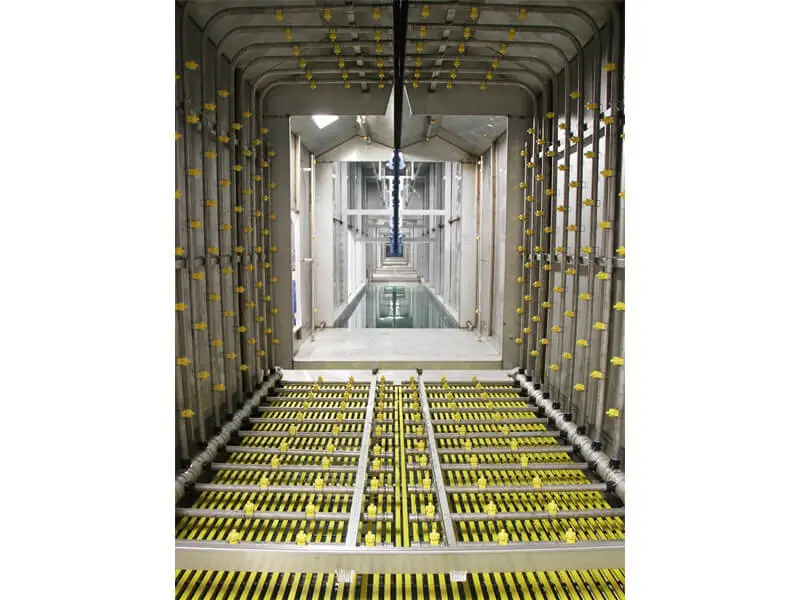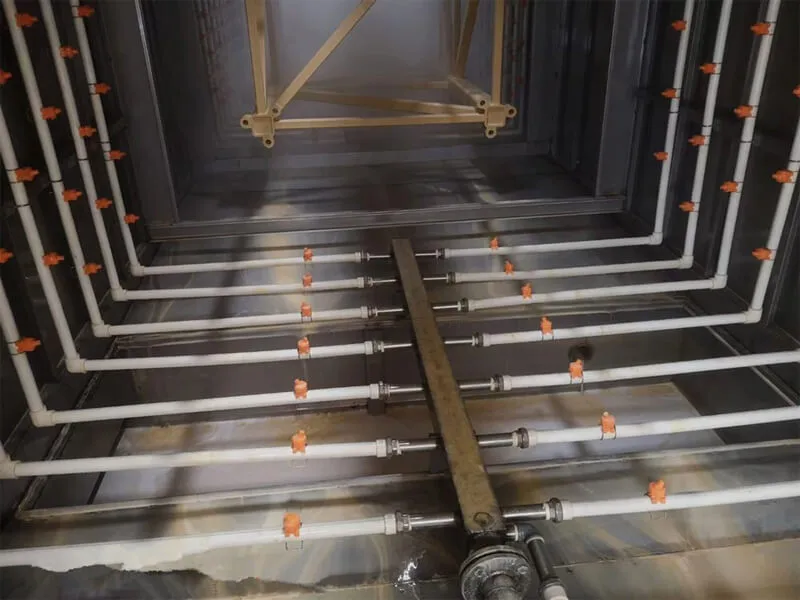Imagine walking through a factory where freshly painted car parts, electronic components, or even everyday consumer goods emerge with a flawless, resilient finish. What’s the secret behind this transformation? It’s the curing oven—a unsung hero in manufacturing that ensures products withstand wear, weather, and time. In this article, we’ll dive into the world of curing ovens, uncovering their critical role and how they drive efficiency across industries. Whether you’re in production, engineering, or simply curious, you’ll discover why this equipment is indispensable. From basic operations to advanced applications, we’ll explore the facets that make a curing oven a cornerstone of modern industrial processes. Let’s start by understanding what exactly a curing oven is and why it matters so much.
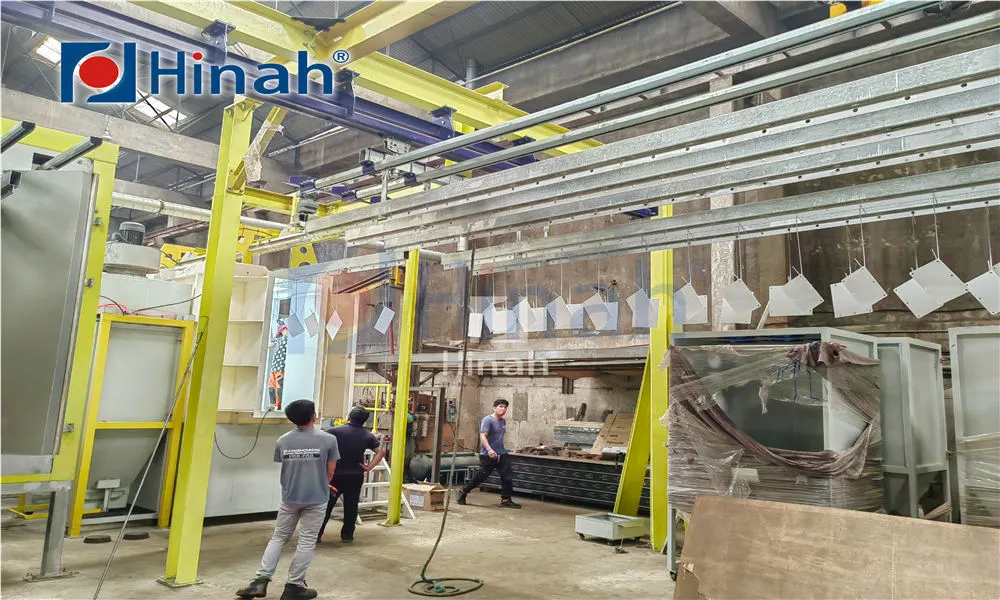
What is a Curing Oven?
A curing oven is a specialized industrial heating device designed to harden, dry, or cure materials through controlled application of heat. Typically used in manufacturing, a curing oven accelerates chemical reactions in coatings, adhesives, or composites, resulting in a durable, stable finish. For instance, when a product is coated with paint or powder, the curing oven exposes it to specific temperatures that cross-link polymers, ensuring adhesion and resistance to environmental factors. This process is vital in sectors like automotive, aerospace, and electronics, where product longevity is non-negotiable. The curing oven isn’t just about heating; it’s about precision—maintaining consistent temperatures to avoid defects like cracking or uneven curing. By using a curing oven, manufacturers achieve uniform results, reduce waste, and enhance product quality. Essentially, a curing oven transforms raw, treated materials into finished goods ready for the market, making it a key player in supply chains worldwide.
How Does a Curing Oven Work?
The operation of a curing oven revolves around heat transfer and environmental control to initiate curing reactions. Generally, the process begins by loading products into the oven chamber, where heaters—often electric, gas, or infrared—raise the temperature to a set point. Air circulation systems, such as fans or convection currents, distribute heat evenly, preventing hot spots that could compromise quality. For example, in a convection curing oven, heated air flows around the items, ensuring thorough penetration into coatings or materials. Temperature and time are critical parameters; depending on the material, a curing oven might operate between 150°C to 400°C for minutes to hours. Sensors and controllers monitor these variables, adjusting settings to maintain optimal conditions. This precise control allows the curing oven to facilitate polymerization or evaporation, locking in properties like hardness and color. In advanced setups, a curing oven may include ventilation to manage fumes, ensuring safety and compliance. By understanding how a curing oven functions, operators can optimize cycles for efficiency, reducing energy use while maximizing output. Ultimately, the reliability of a curing oven stems from its ability to deliver repeatable, high-quality results batch after batch.
Types of Curing Ovens
Curing ovens come in various designs, each tailored to specific industrial needs. The most common types include convection ovens, infrared ovens, and combination systems. A convection curing oven uses forced air to circulate heat, making it ideal for complex shapes and uniform curing—think of automotive parts requiring even paint drying. In contrast, an infrared curing oven employs electromagnetic radiation to transfer heat directly to the product surface, offering rapid curing times suitable for flat surfaces like metal sheets or electronics. Another variant is the batch curing oven, which processes materials in discrete loads, perfect for low-volume or custom jobs. Conversely, continuous curing ovens, such as conveyorized systems, handle high-throughput production lines, moving items through heated zones seamlessly. Additionally, there are UV curing ovens that use ultraviolet light for instant curing of specific coatings, though they’re less common than thermal types. Each type of curing oven has its advantages; for instance, a convection curing oven provides versatility, while an infrared curing oven saves energy in fast-paced environments. Selecting the right curing oven depends on factors like product geometry, production speed, and material properties, highlighting the importance of matching the oven to the application for best results.
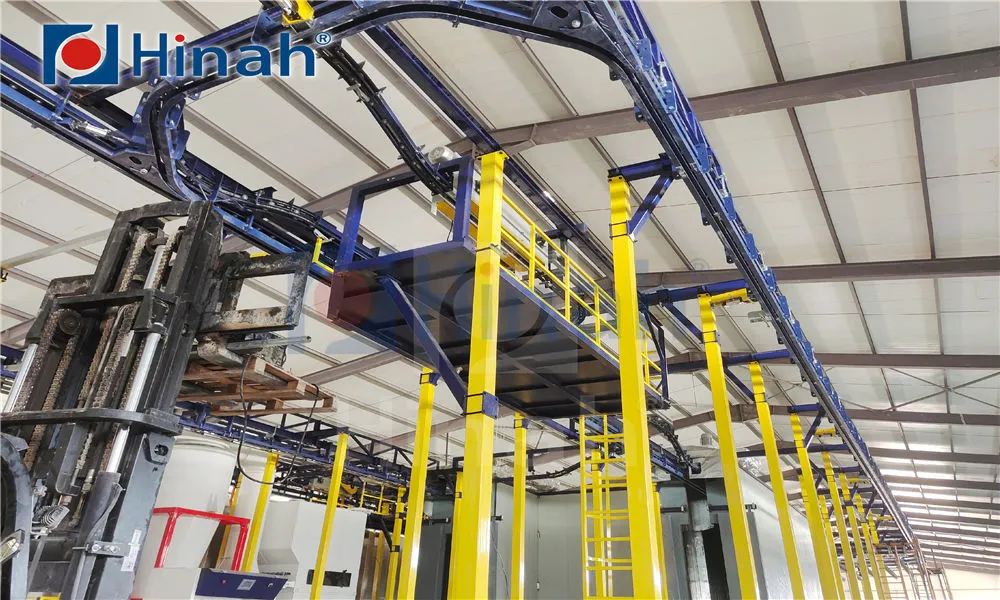
Applications of Curing Ovens
The versatility of a curing oven extends across numerous industries, making it a vital tool in manufacturing and beyond. In the automotive sector, a curing oven is used to cure paints and coatings on vehicle bodies, ensuring a glossy, scratch-resistant finish that lasts for years. Electronics manufacturing relies on curing ovens to harden conformal coatings on circuit boards, protecting them from moisture and corrosion. Similarly, in aerospace, a curing oven treats composite materials for aircraft parts, enhancing strength and reducing weight. The furniture industry employs curing ovens to dry wood finishes and laminates, while in textiles, they cure dyes and prints on fabrics. Even in medical device production, a curing oven sterilizes and sets adhesives in equipment like syringes or implants. These applications demonstrate how a curing oven supports quality and innovation—for example, by enabling the use of eco-friendly powder coatings that reduce VOC emissions. As industries evolve, the curing oven adapts, integrating with automation for smarter production lines. This widespread use underscores why a curing oven is more than just a heater; it’s a enabler of durability and performance in everyday products.
Benefits of Using a Curing Oven
Incorporating a curing oven into industrial processes offers a multitude of benefits that boost efficiency, quality, and sustainability. Firstly, a curing oven enhances product durability by ensuring complete curing, which minimizes failures and returns. This leads to cost savings over time, as fewer resources are wasted on rework. Secondly, a curing oven improves consistency; with precise temperature control, every item emerges with identical properties, supporting brand reputation and customer satisfaction. Energy efficiency is another advantage—modern curing ovens often feature insulation and recovery systems that reduce power consumption, aligning with green initiatives. For instance, an infrared curing oven can cut curing times by up to 50%, lowering operational costs. Additionally, a curing oven promotes workplace safety by containing fumes and reducing exposure to hazardous substances. From a production standpoint, the speed of a curing oven accelerates throughput, enabling faster time-to-market for goods. Overall, investing in a high-quality curing oven translates to long-term gains in productivity and environmental compliance, making it a smart choice for forward-thinking manufacturers.
Common Questions About Curing Ovens
Q1: What is the primary function of a curing oven?
A1: The primary function of a curing oven is to apply controlled heat to materials such as coatings, adhesives, or composites, facilitating chemical reactions that harden and stabilize them. This process ensures durability, adhesion, and resistance to environmental factors in finished products.
Q2: How do I choose the right type of curing oven for my needs?
A2: Selecting the right curing oven depends on factors like production volume, material type, and desired curing speed. For high-volume lines, a continuous curing oven might be best, while batch ovens suit smaller operations. Consider consulting with experts to evaluate your specific requirements.
Q3: What maintenance is required for a curing oven?
A3: Regular maintenance for a curing oven includes cleaning filters, inspecting heating elements, and calibrating temperature controls. This prevents downtime and ensures consistent performance. Always follow manufacturer guidelines for safety and longevity.
Q4: Can a curing oven be used for temperature-sensitive materials?
A4: Yes, modern curing ovens offer precise temperature controls that can accommodate sensitive materials. By adjusting settings and using advanced monitoring, a curing oven can cure items without damaging them, though it’s crucial to test parameters first.
Q5: How does a curing oven contribute to environmental sustainability?
A5: A curing oven supports sustainability by enabling the use of low-VOC coatings and reducing energy waste through efficient designs. Features like heat recovery systems minimize carbon footprints, making the curing oven a key tool in eco-friendly manufacturing.
In conclusion, the curing oven is a fundamental asset in industrial settings, driving quality and efficiency across diverse applications. By understanding its aspects—from basic operations to benefits—you can appreciate how this equipment shapes the products we rely on daily. If you’re considering integrating a curing oven into your processes, focus on matching it to your needs for optimal results.


